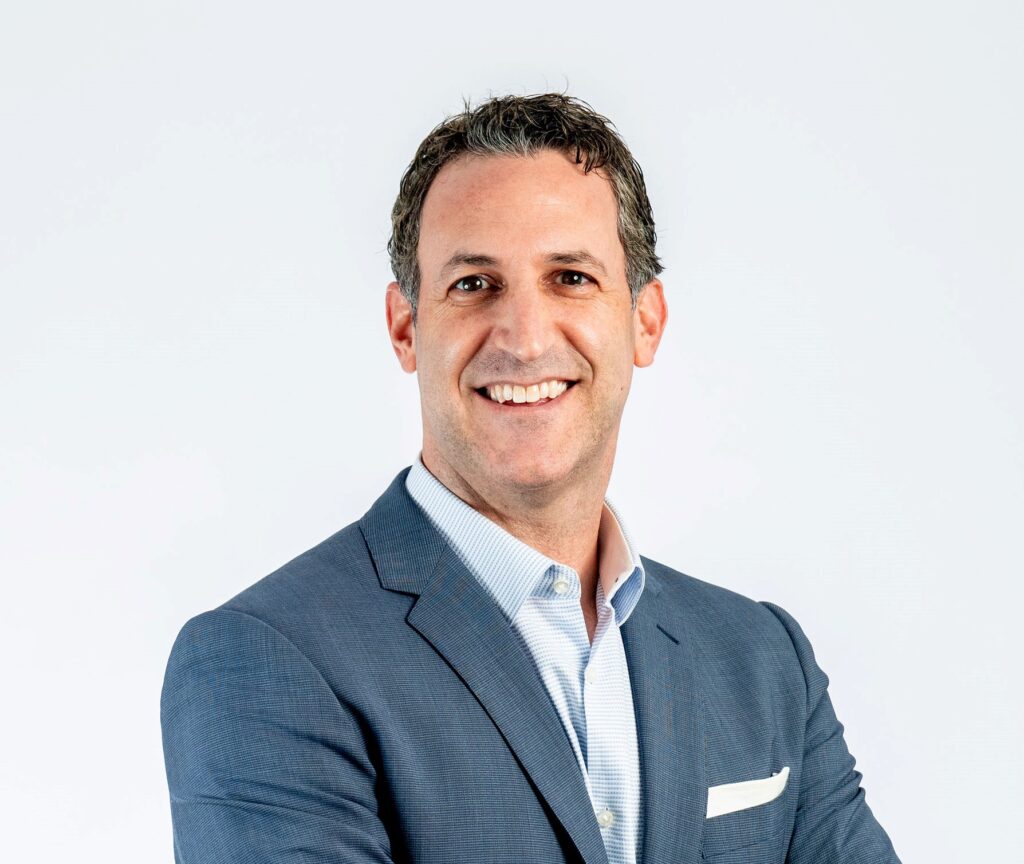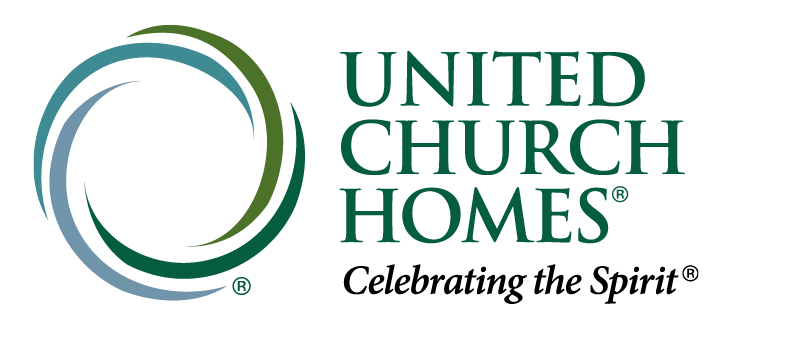Highlights from this week’s conversation include:
- Eric’s background and journey in starting Vivo (1:39)
- The elements of success for exercise programs (4:32)
- Making exercise fun and social (7:13)
- The importance of safety in exercise (9:05)
- Tips for starting a new exercise (11:01)
- Measuring your progress (14:36)
- The importance of periodization (17:18)
- Vivo’s benefits and features (19:53)
- Growing confidence with age (20:47)
Abundant Aging is a podcast series presented by United Church Homes. These shows offer ideas, information, and inspiration on how to improve our lives as we grow older. To learn more and to subscribe to the show, visit abundantagingpodcast.com.

